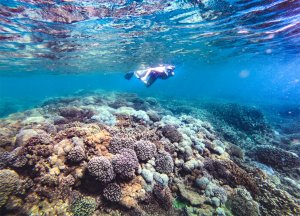Release of the 2019 Great Barrier Reef Outlook Report
Posted on September 2nd, 2019
The third Great Barrier Reef Outlook Report was released this week, outlining the use, factors influencing the condition, management effectiveness, resilience, risks to its future and likely outlook of the reef into the future.
Since 2009, the Report has been released every five years by the Great Barrier Reef Marine Park Authority, providing an overview of the risks facing the vast and spectacular ecosystem that is one of the most complex natural systems on Earth.
The entire Great Barrier Reef, which spans 346,000 square kilometres from the tip of Cape York in the north to south of Lady Elliot Island, is recognised for its outstanding universal value and is vitally important to Traditional Owners, coastal towns and industries that all depend on a healthy reef for community benefits and livelihoods.
Although one of the best evaluated, researched and monitored coral reef systems in the world, continued negative reporting from national and international media along with a misunderstanding of how to read and report on studies such as a the one recently released, continues to have detrimental impact on global perceptions of our healthy, vibrant and diverse eco-system.
Coral Research Scientist Dr Alison Jones, who has spent more than half her life living and working in the Keppel Islands on the Southern Great Barrier Reef, shares concern that outtakes from the results published in the Report may have further negative impact, with people reading the words ‘very poor’ and jumping to conclusions on what that means.
“Media and visitors to our region may naturally assume that ‘very poor’ means the current physical condition of the entire reef and may not understand that the reef is constantly changing and can recover from natural disturbance,” said Dr Jones.
“In fact, the report has good news for some parts of the reef from a combination of natural resilience and the results of local stewardship, improved water quality and management actions.”
“The Keppels in the Southern Great Barrier Reef suffered flood damage from 2009 to 2017 with repeated cyclonic and monsoonal rain events that resulted in overall coral and fish decline, however, with the onset other drier period, the recovery of this section of the Reef from this unprecedented series of natural events has been steady, particularly when compared with the Whitsundays and other reefs to the north,” said Dr Jones.
It is feared that misinterpretation of the report may damage our tourism industry, which is ultimately part of the solution to a healthy reef.
“The high standard of operators, audited programs and high level of local stewardship that we continue to see across the Southern Great Barrier Reef is raising awareness about the value of keeping local reefs healthy and it’s valuable part of managing the Great Barrier Reef, and this should be taken into account,” said Dr Jones.
Capricorn Enterprise CEO, Mary Carroll continues to strongly advocate for the Southern Great Barrier Reef as a part the best managed coral reef system on the globe through the leadership of the Great Barrier Reef Marine Park Authority. The Outlook Report confirms this.
“The Reef is the most significant tourism draw card to our region and the more visitors we welcome, the greater the awareness of this global icon,” said Ms Carroll.
“A report issued in 2017 by Deloitte Access Economics, valued the Great Barrier Reef at A$56 billion, with an economic contribution of A$6.4 billion per year and supports 64,000 jobs.”
“Our stunning reefs surrounding the 17 islands of Keppel Bay are robust and beautiful, and harbour extraordinary coral assemblages that are distinct from the rest of the Great Barrier Reef.”
Lyndsay Appleton, founder of Keppel Dive, spends her days showcasing what she believes is one of the premier scuba diving destinations in the world.
“The Great Barrier Reef is one of the finest and most pristine scuba diving sports in the world and the Keppel reef is one of the most underrated areas, featuring some of the healthiest coral I’ve seen in 14 years working on the Reef,” said Mrs Appleton.
The family of dugong currently inhabiting the Keppel Islands is a sure-fire sign that the Southern Great Barrier Reef is extremely healthy. Where there is dugong, there is a healthy seagrass, ocean and reef.”
The Great Barrier Reef is core to Australia’s identity and improving its outlook is critical. Everyone in our region needs to remain vigilant, active and optimistic in managing our section of the Reef, but also recognise that it is alive and healthy.
Click here to read the full Outlook Report.
Further reading:
https://theconversation.com/whats-the-economic-value-of-the-great-barrier-reef-its-priceless-80061









